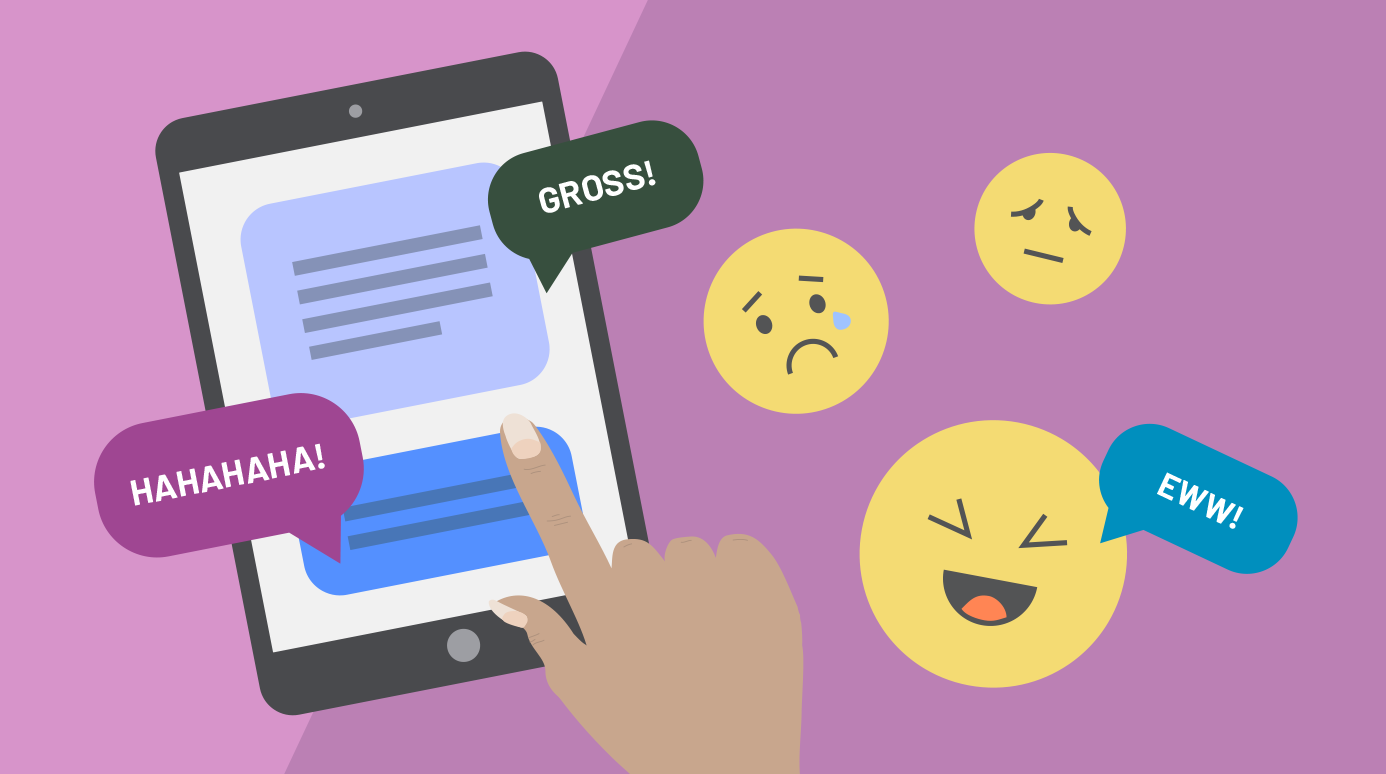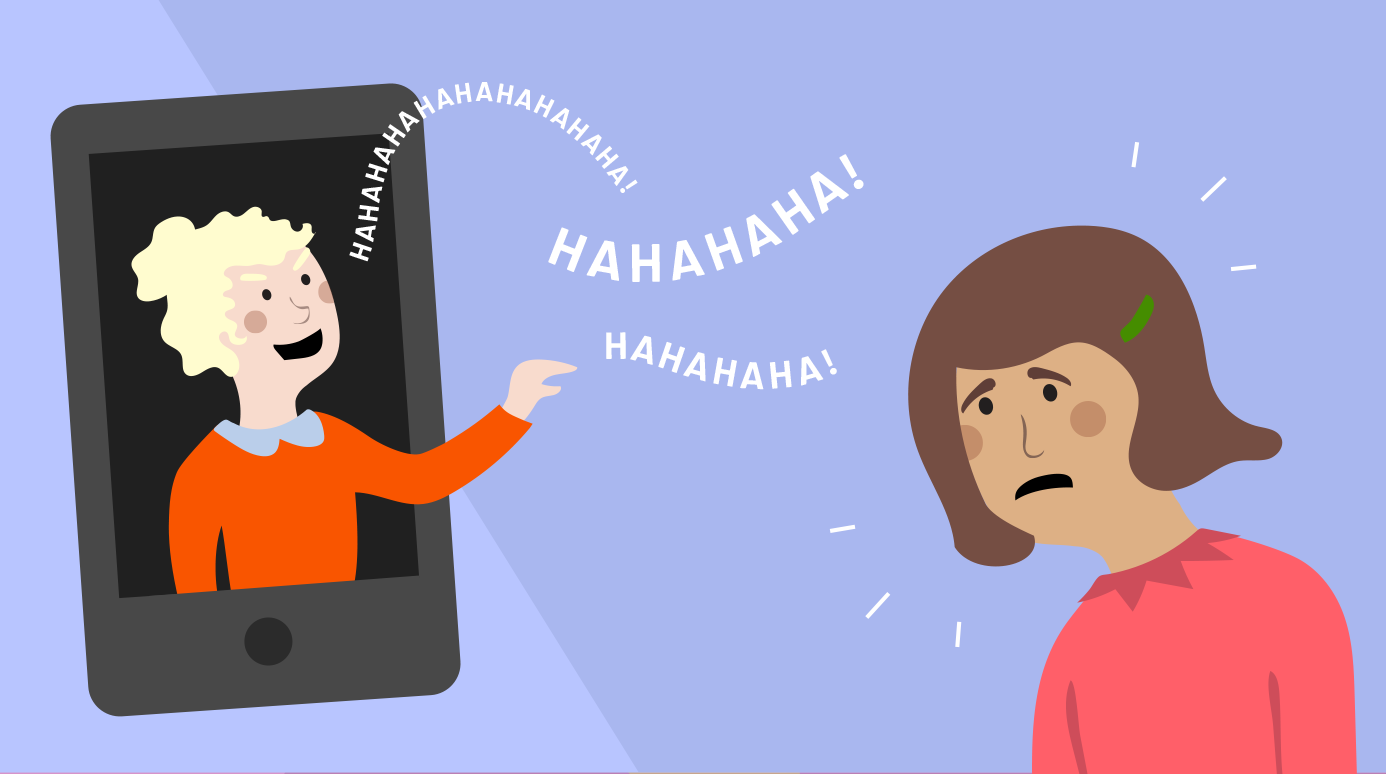Internet Safety for Kids -
Cyberbullying and Cyberharassment

Internet Safety for Kids
Cyberbullying and Cyberharassment


/en/internetsafetyforkids/staying-safe-from-online-predators/content/

Cyberbullying is bullying that occurs online, often through instant messaging, text messages, emails, and social networks. Cyberbullies may be the same age as the victims, or they may be older. If the perpetrator is an adult, it is generally called cyber-stalking or cyberharassment.
Cyberbullying can be just as hurtful as other types of bullying, and in some ways it can actually be worse. Cyberbullying is not limited to the playground; it can occur anytime children are online, even if they're at home. Also, the bully can sometimes remain anonymous, which can make the bullying more difficult to stop.
Cyberbullying can take many forms. Below are some examples of things that can be considered cyberbullying:
WiredSafety.org has general information on Internet safety. To learn more about cyberbullying, watch the video.
It's important to teach your kids how to respond to cyberbullying. You can tell your kids to use the following guidelines if they're being bullied.

Kids can be mean sometimes. Unfortunately, the Internet often makes it easier for people to say hurtful things because it's more impersonal and anonymous than real life. As a result, many kids participate in cyberbullying even though they don't consider themselves bullies.
It's important for your children to understand that the comments they make online can hurt just as much as those made face to face. Make sure they know not to say anything online that they wouldn't say in person.
It's also possible for kids to face serious consequences for cyberbullying. Many schools now have zero-tolerance policies for bullying, which may include cyberbullying that occurs outside of school. In some cases, students have even been suspended from school for cyberbullying.
For more information, read the article Could Your Child Be a Cyber-Bully?.
The following resources have great information on cyberbullying, including helpful activities for kids and teens:
/en/internetsafetyforkids/using-social-networks-safely/content/